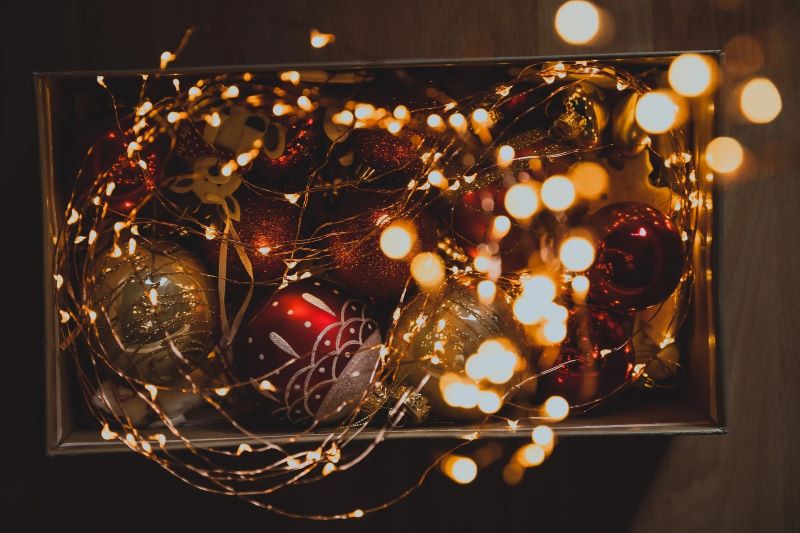The Environmental Impact of Flocked Artificial Christmas Trees: Debunking Myths and Getting the Facts Straight
It’s that time of year again – the time when we start seeing Christmas lights and decorations everywhere. For many people, the centerpiece of their holiday décor is a Christmas tree. While some opt for real trees, others prefer the convenience and longevity of artificial ones. One type of artificial tree that has become increasingly popular in recent years is the flocked tree. However, there has been some concern about the environmental impact of these trees. In this article, we’ll debunk some myths and get the facts straight.
Myth #1: Flocked trees are made of harmful materials.
This is simply not true. Flocked trees are made from the same materials as traditional artificial trees – mainly PVC (polyvinyl chloride) and PE (polyethylene) plastic, with metal wire or plastic poles for support. These materials are not inherently harmful. They are durable, non-toxic, and can be reused for many years. In fact, PVC is one of the most widely used plastics in the world and has a long track record of safety.
Myth #2: Flocking is bad for the environment.
Again, this is a misconception. Flocking is the process of adding a fluffy, snow-like coating to the branches of an artificial tree. This can be done using a variety of materials, including paper pulp, corn starch, and even recycled plastic. While some of these materials may have a slightly higher environmental impact than others, they are generally safe and non-toxic. The amount of flocking used on a tree is also typically very small, so the overall impact is minimal.
Myth #3: Flocked trees are not recyclable.
This is a bit trickier. While it’s true that not all recycling programs accept artificial trees, many do. In fact, some cities even have special collection programs specifically for flocked artificial Christmas trees. If your tree is in good condition and still has several years of use left, consider donating it to a local charity or school. If it’s no longer usable, check with your local recycling program to see if they accept artificial trees.
Of course, there are some downsides to flocked trees that are worth considering. One is that they tend to shed more than non-flocked trees, which can create a bit of a mess in your home. Another is that they may not be as visually appealing to everyone, since the flocking can hide the natural beauty of the tree’s branches. It’s also worth noting that flocked trees can be more expensive than their non-flocked counterparts.
So, should you choose a flocked tree for your home this holiday season? Ultimately, the decision is yours. From an environmental standpoint, there’s no reason to avoid them – they’re made from the same materials as other artificial trees, and flocking is a relatively harmless process. But if you’re someone who values a natural look or is concerned about shedding, you may want to stick with an un-flocked tree. Whatever you choose, remember that the most important thing is to enjoy the holiday season with your loved ones.
